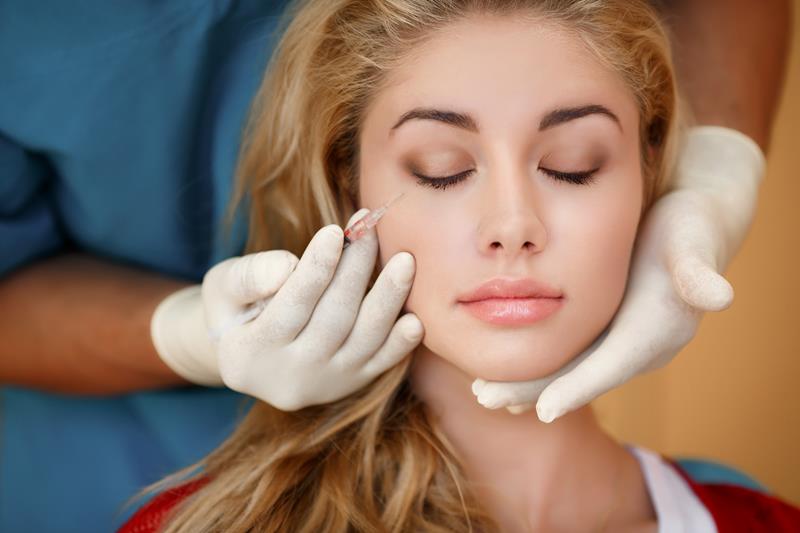Botox is a cosmetic treatment designed to reduce the appearance of wrinkles and fine lines. The substance comes from a toxin produced by the bacterium Clostridium botulinum. Though this toxin is harmful in large amounts, doctors use a small, safe dose to achieve the desired effects without risk.
The primary function of Botox is to temporarily block nerve signals in the muscles where it’s injected. This stops the muscles from contracting, which helps smooth the skin and reduce wrinkles. Botox is commonly used to treat areas like the forehead, the corners of the eyes (crow’s feet), and between the eyebrows (frown lines).
Botox is not just for cosmetic purposes; it also has medical uses. It can help treat conditions like chronic migraines, excessive sweating, and certain muscle disorders. However, most people seek Botox to enhance their appearance and achieve a more youthful look.
The results of a Botox treatment typically last three to six months. Over time, the effects wear off as the muscles begin to regain movement. At this point, wrinkles may start to reappear, which is why many people schedule repeat treatments to maintain their results.
A Botox procedure is quick, usually taking only about 10-15 minutes, and there’s minimal recovery time. Most patients can return to their daily activities right after the session. However, it’s important to choose a trained professional to perform the procedure to ensure safety and proper results.
Overall, Botox is a popular, non-invasive option for those looking to reduce the signs of aging without undergoing surgery.


Can You Drink Coffee with Invisalign?
People who wear aligners often want to keep drinking their favorite drinks. Many people love coffee and want to enjoy it during treatment. Invisalign helps straighten

How Many Units of Botox for TMJ?
TMJ disorder can turn chewing or talking into painful tasks. If you wake up with jaw tension or headaches, Botox for TMJ pain offers relief by

What is Considered Cosmetic Dentistry?
Cosmetic dentistry boosts the look of your teeth, gums, and smile. These treatments can fix discoloration, alignment, and minor imperfections. Procedures that are considered cosmetic dentistry
